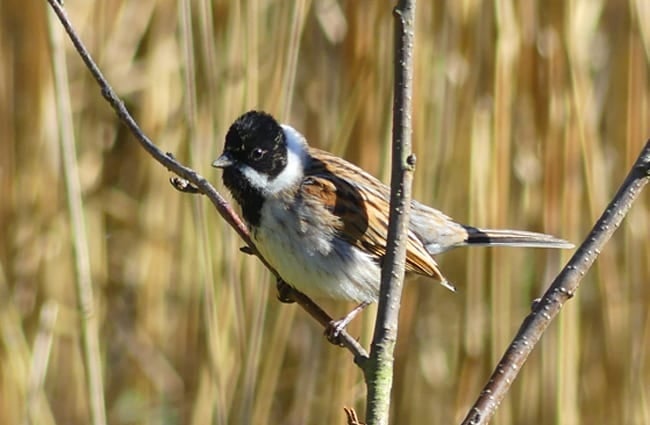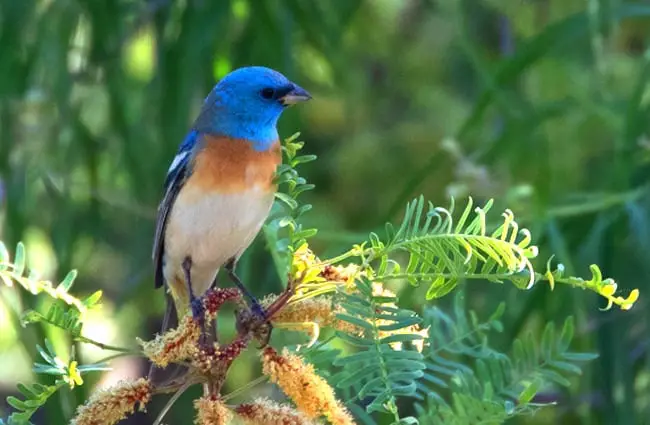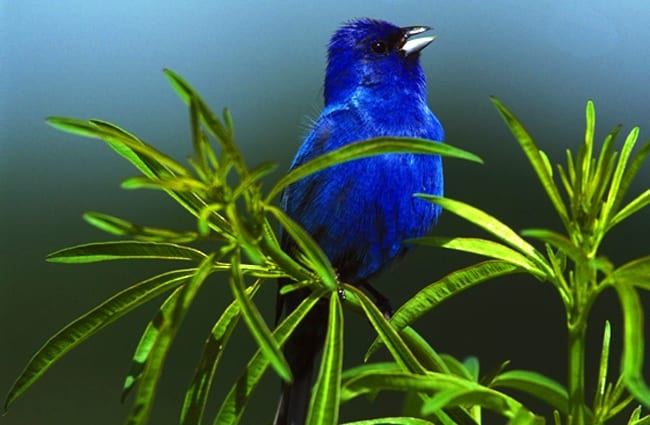The world of birds is filled with diversity, and among the most captivating are the buntings. These small, often brightly colored birds, belonging to the family Emberizidae, represent a fascinating intersection of ecological adaptation, evolutionary history, and aesthetic beauty. This comprehensive guide delves into the life of buntings, exploring their characteristics, habitats, behaviors, and significance.
What is a Bunting?
Buntings are a group of seed‑eating birds typically found in temperate regions around the world. They are known for their conical beaks, perfectly adapted for cracking seeds, and their often striking plumage, especially among the males. The term “bunting” isn’t a strict taxonomic grouping, meaning birds referred to as buntings are scattered across several genera within the Emberizidae family. This results in a wide range of sizes, colors, and behaviors.

Identifying Characteristics
While variation exists, several characteristics are common among buntings. They generally measure between four and seven inches in length, with a weight ranging from 0.5 to 1.5 ounces. Their conical bills are a key identifier, alongside their relatively short tails and sturdy legs. Males often exhibit vibrant colors during breeding season, used for attracting mates, while females tend to be more subtly colored for camouflage. Some species, like the Painted Bunting, are renowned for their spectacularly diverse color palettes.
Habitat and Distribution
Buntings inhabit a wide variety of ecosystems, from grasslands and farmlands to forests and wetlands. Their distribution spans North and South America, Europe, Asia, and Africa. The specific habitat preferences vary considerably depending on the species.
- Snow Bunting: Found in arctic and subarctic regions, breeding in the high tundra and wintering in northern grasslands and agricultural areas.
- Reed Bunting: Prefers wetland habitats, particularly reed beds and marshes, throughout Europe and Asia.
- Painted Bunting: Inhabits shrublands, thickets, and forest edges in the southern and central United States and Mexico.
- Indigo Bunting: Common in open woodlands, fields, and gardens across eastern and central North America.

Diet and Foraging Behavior
The diet of buntings primarily consists of seeds, particularly during the non‑breeding season. They will forage on the ground, gleaning seeds from grasses, weeds, and cultivated crops. During the breeding season, their diet expands to include insects and invertebrates, providing essential protein for developing chicks. Buntings are known for their efficient foraging techniques, often feeding in flocks to maximize food intake and reduce the risk of predation. They often cache seeds, storing them for later consumption, demonstrating a level of foresight and planning.
Evolutionary History
The evolutionary history of buntings is complex and continues to be refined with ongoing research. Historically, buntings were placed within the finch family Fringillidae. Recent genetic studies have led to a reclassification, recognizing them as a distinct group within the Emberizidae, the New World sparrows. This suggests a more recent divergence from other sparrow lineages. Fossil evidence is limited, but it indicates that the ancestors of modern buntings originated in North America, subsequently dispersing to other continents over millions of years. Understanding the evolutionary relationships between different bunting species helps scientists trace their origins and adaptations.

Mating and Reproduction
Buntings are typically monogamous, forming pair bonds that often last for multiple breeding seasons. Males attract females through elaborate songs and displays of vibrant plumage. The breeding season varies depending on the species and geographic location, but generally occurs in spring and summer. Females construct cup‑shaped nests, typically located on the ground or in low shrubs, using grasses, leaves, and other plant materials. They lay between three and five eggs, which are incubated for around two weeks. Both parents participate in feeding the chicks, which fledge after about 12‑14 days. Young buntings remain dependent on their parents for several weeks after fledging, learning essential foraging and survival skills.
Ecological Role and Interactions
Buntings play an important role in their ecosystems, contributing to seed dispersal and insect control. They are also a food source for various predators, including hawks, falcons, and mammals. Buntings interact with other bird species, often forming mixed‑species flocks, which enhances foraging efficiency and predator detection. They can also compete with other seed‑eating birds for resources. Furthermore, buntings contribute to the health of agricultural lands by consuming weed seeds and insects.
Buntings and Human Interaction
Historically, buntings have been hunted for food and feathers, but these practices have declined significantly. However, habitat loss and degradation, particularly due to agricultural expansion and urbanization, pose a significant threat to bunting populations. Pesticide use can also negatively impact buntings by reducing insect prey and contaminating their food sources. Conservation efforts, such as habitat restoration and sustainable agricultural practices, are crucial for protecting these birds. Birdwatchers and citizen scientists play a vital role in monitoring bunting populations and contributing to conservation research.

Identifying a Bunting in the Wild
For aspiring birdwatchers, identifying a bunting requires attention to detail. Look for small birds with conical beaks, often found in grasslands, shrublands, or wetlands. Pay attention to plumage coloration, which can vary significantly between species and sexes. Listen for their distinctive songs and calls, which can be used to identify specific bunting species. Using a field guide or bird identification app can be helpful for confirming your observations.
Caring for Buntings in Captivity
Zookeepers and aviculturists caring for buntings in captivity must provide a suitable environment that mimics their natural habitat. This includes providing spacious aviaries with ample vegetation, perches, and nesting materials. The diet should consist of a high‑quality seed mix supplemented with insects and invertebrates, particularly during the breeding season. Regular veterinary care is essential for maintaining the health and well‑being of captive buntings. It is important to avoid overcrowding and provide enrichment activities to stimulate their natural behaviors.
Fascinating Bunting Facts
- The Painted Bunting is often described as the most beautiful bird in North America due to its vibrant plumage.
- Snow Buntings undertake long‑distance migrations, traveling thousands of miles between their breeding and wintering grounds.
- Indigo Buntings are known for their ability to learn songs from other individuals, leading to regional dialects.
- Some bunting species exhibit cooperative breeding, where individuals other than the parents help raise the young.



Buntings, in their diverse forms, represent a captivating chapter in the story of avian evolution. Their vibrant colors, melodic songs, and ecological roles enrich the landscapes they inhabit. By understanding and appreciating these remarkable birds, we can contribute to their conservation and ensure that future generations can continue to enjoy their beauty and song.

![Red Angus Closeup of a beautiful Red Angus cowPhoto by: U.S. Department of Agriculture [pubic domain]https://creativecommons.org/licenses/by/2.0/](https://animals.net/wp-content/uploads/2020/03/Red-Angus-4-238x178.jpg)




![Red Angus Closeup of a beautiful Red Angus cowPhoto by: U.S. Department of Agriculture [pubic domain]https://creativecommons.org/licenses/by/2.0/](https://animals.net/wp-content/uploads/2020/03/Red-Angus-4-100x75.jpg)

